If the Silk Road had a secret garden, it might just be Kanas Lake—where misty pine forests cradle sapphire waters, and whispers of a legendary lake monster float through the crisp alpine air. Nestled in northern Xinjiang, near the borders of Kazakhstan, Russia, and Mongolia, Kanas isn’t just a postcard—it’s a living painting brushed with legends, larch trees, and the sparkle of eternal snow.
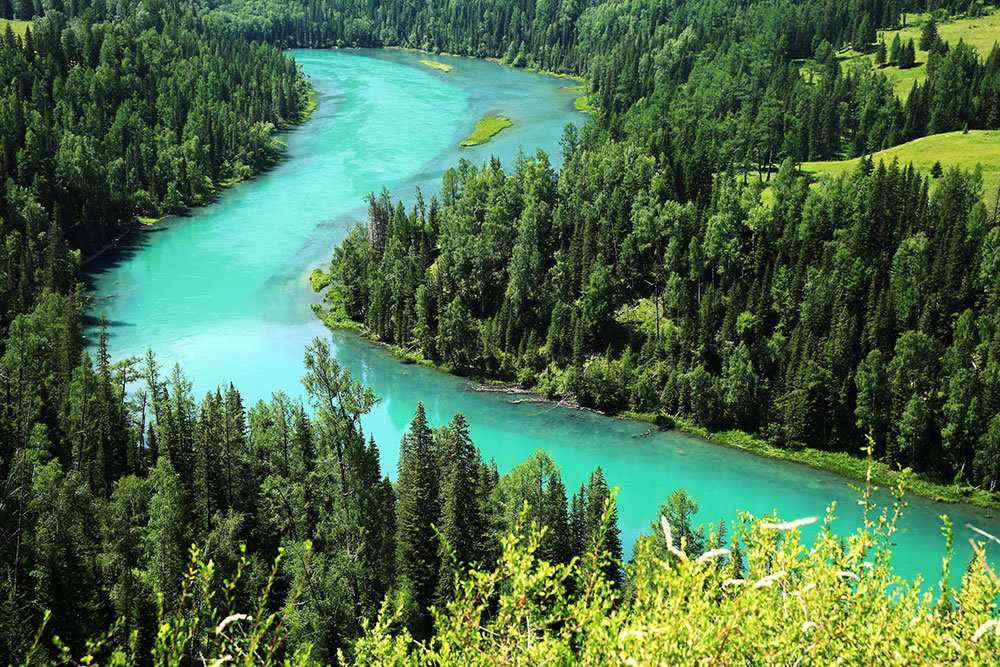
The Curious Tale of the Kanas Lake Monster
Let’s start with what everyone’s dying to ask: is there really a monster in the lake?
Local legend says yes. For centuries, stories have swirled about a mysterious creature lurking in the glacial waters of Kanas Lake. It’s said to be a massive fish—possibly a giant Hucho taimen, a rare cold-water species—but eyewitnesses describe a serpent-like beast that creates enormous ripples across the lake’s glassy surface. Some tourists have even claimed to capture shaky footage of it, which only adds to the mystery. Whether it’s myth or misunderstood biology, one thing is clear: Kanas Lake’s monster legend is part of what makes it so enchantingly eerie and exciting.
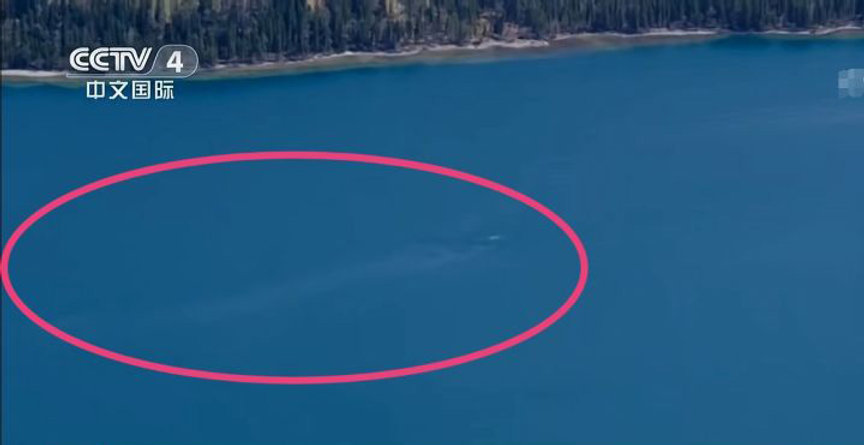
A Wonderland for All Seasons
Kanas is a dreamscape that shapeshifts with the seasons. In spring, cherry blossoms and wildflowers soften the snow-dusted hills. Summer brings out the lake’s emerald shimmer, with herds of cattle grazing on lush meadows and yurts dotting the valleys. Autumn is pure magic—flaming forests of golden birch and red maple reflected in sapphire waters. And winter? A frosty fairytale, with snow so deep and quiet it muffles time itself.
This stunning diversity of seasonal beauty makes Kanas Lake one of the most beautiful natural landscapes in China, and a must-visit for photographers, hikers, and snow-loving romantics.
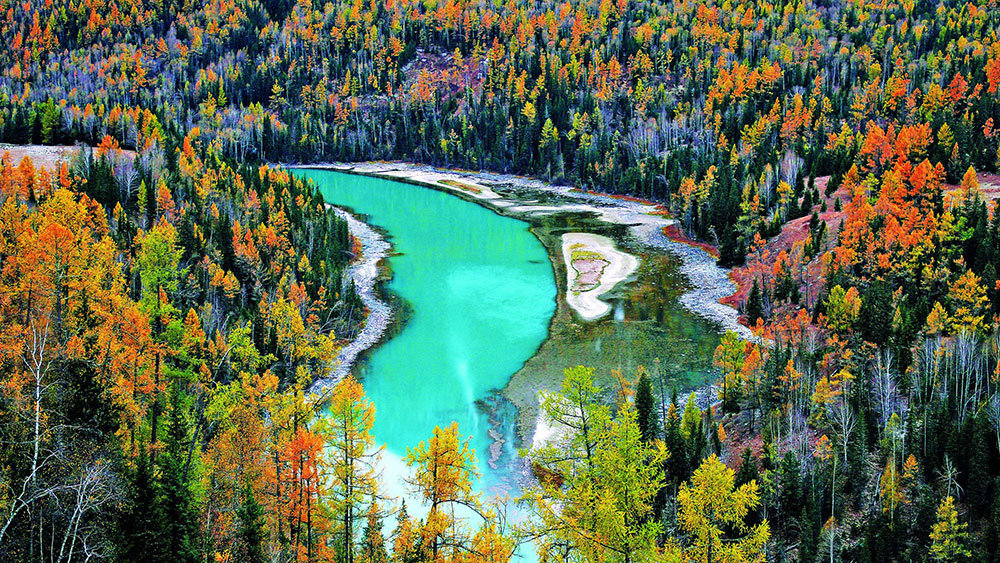
Local Culture: Tuva and Kazakh Traditions
Kanas is also home to the Tuva people, a small Turkic-speaking ethnic group whose cultural roots stretch across Central Asia. They live in wooden cabins, wear thick felt garments, and perform haunting throat-singing under starry skies. Their hospitality is heartfelt, and their customs feel like echoes from an ancient song.
In the surrounding areas, you’ll also encounter Kazakh herders, who migrate with the seasons and welcome guests with kumis (fermented mare’s milk) and hearty mutton stews. A trip to Kanas isn’t just about scenery—it’s a soft immersion into the quiet beauty of traditional nomadic life.
Outdoor Adventures Galore
Nature lovers, rejoice. Kanas offers a buffet of outdoor activities. You can:
- Hike to the panoramic Fish Viewing Pavilion, where the entire lake spreads out like a gemstone nestled in forested hills.
- Explore Hemu Village, a storybook valley of log homes and morning mist.
- Try horseback riding through pine forests.
- Go snow trekking in the magical winter season.
- Camp under the Milky Way, wrapped in warm yurts and Kazakh hospitality.
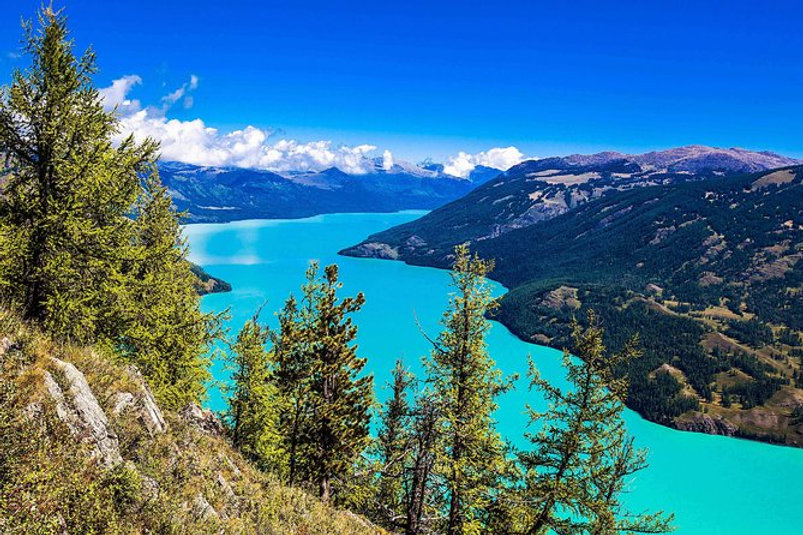
Whether you’re an adrenaline junkie or just here for a peaceful stroll, Kanas is tailored to your tempo.
Other Unforgettable Natural Wonders in Xinjiang
Xinjiang is full of surreal, soul-stirring places that stretch across deserts, grasslands, and highlands like a painter’s palette of earth and sky. Here are a few must-see destinations in Xinjiang for nature lovers:
Sayram Lake (赛里木湖)
Often called the “last tear of the Atlantic,” this alpine lake near the Tianshan Mountains is deep blue and encircled by flower-filled meadows. It’s especially stunning in summer when the grasslands bloom and the sky feels endless.
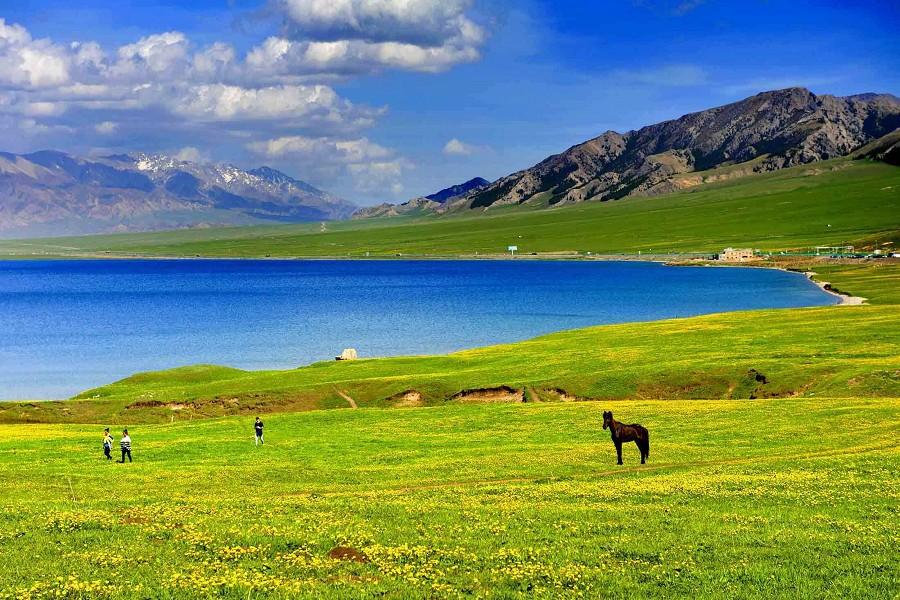
Tianchi (Heavenly Lake of Tianshan)
A jade-colored crater lake surrounded by snow-capped peaks and fragrant spruce forests, Tianchi is a classic stop near Urumqi and a UNESCO Global Geopark.
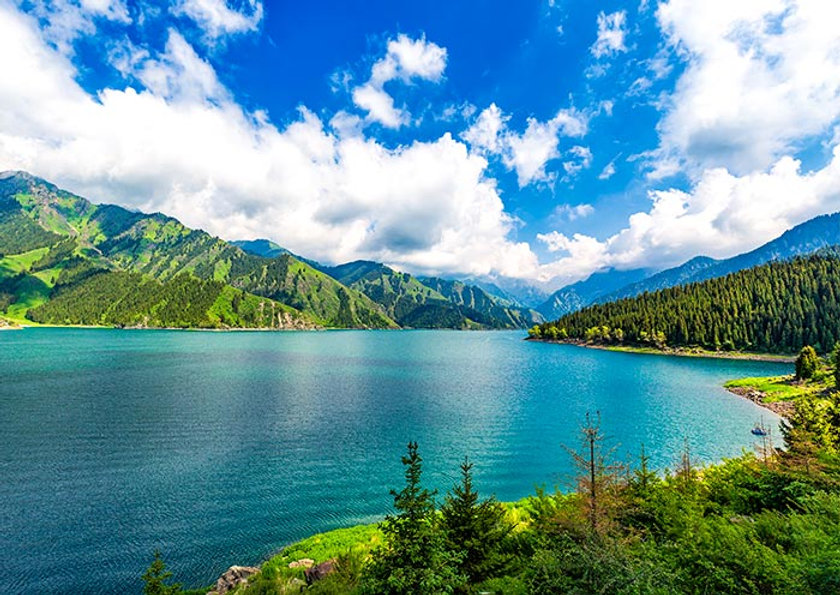
Narati Grassland
One of China’s most beautiful prairies, this lush high-altitude pasture is dotted with sheep, yurts, and galloping horses—perfect for a Mongolian-style photo op.
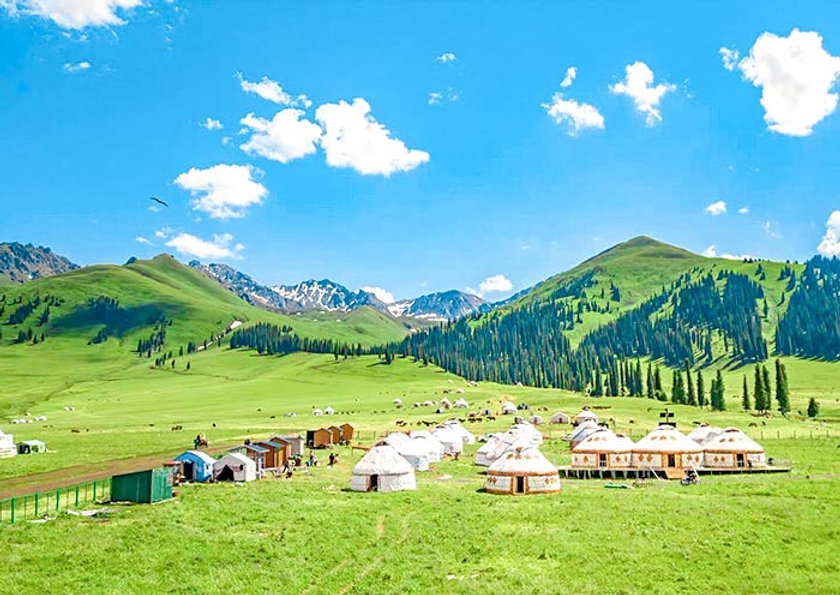
Karakul Lake
Located on the Karakoram Highway near the border of Pakistan, this remote glacial lake is set against the towering backdrop of Muztagh Ata and Kongur Tagh—snow giants that seem to float above the clouds.
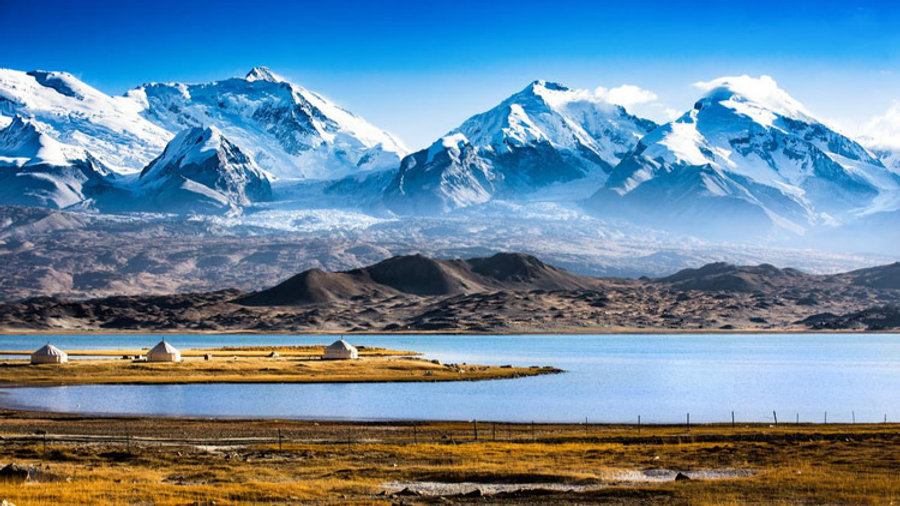
Tashkurgan
This stone fortress town near the Pamir Plateau offers both epic landscapes and rich cultural history as part of the ancient Silk Road route. Don’t miss the views from the Golden Grassland.
Duku Highway (独库公路)
Not a destination, but a journey: this winding mountain road takes you from Dushanzi in the north to Kuqa in the south, through canyons, glaciers, grasslands, and deserts. It’s considered China’s most beautiful road, especially in summer.
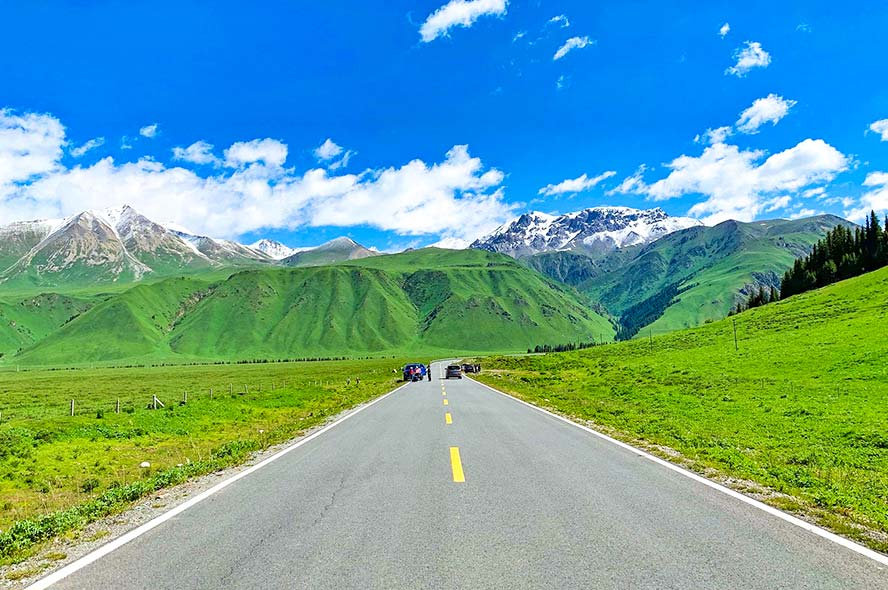
Flavors of the Far West: What to Eat in Xinjiang
A trip to Xinjiang isn’t complete without a bite—or five—of its unforgettable cuisine. These dishes blend Middle Eastern spices with Chinese techniques:
- Kawap (lamb skewers): Smoky, cumin-rich kebabs grilled on open flames.
- Dapanji (big plate chicken): A spicy chicken stew with potatoes and chewy hand-pulled noodles.
- Polo (pilaf): Fragrant rice with carrots, onions, and juicy lamb.
- Nang (flatbread): Crispy and baked in traditional tandoor-style ovens.
- Apricot juice: The ultimate cool-down drink in summer.
Where Myths Meet Mountains
Kanas is more than just a lake. It’s a feeling—of stillness, wonder, and slow, soulful discovery. Whether you’re chasing tales of lake monsters, photographing golden forests, or sipping tea in a wooden cabin, Kanas offers something uniquely Xinjiang: a dance between myth and mountain, silence and storytelling.
And once you’ve breathed that cold, pine-scented air? You’ll never quite be the same.
Contact us today to craft your dream China adventure!

